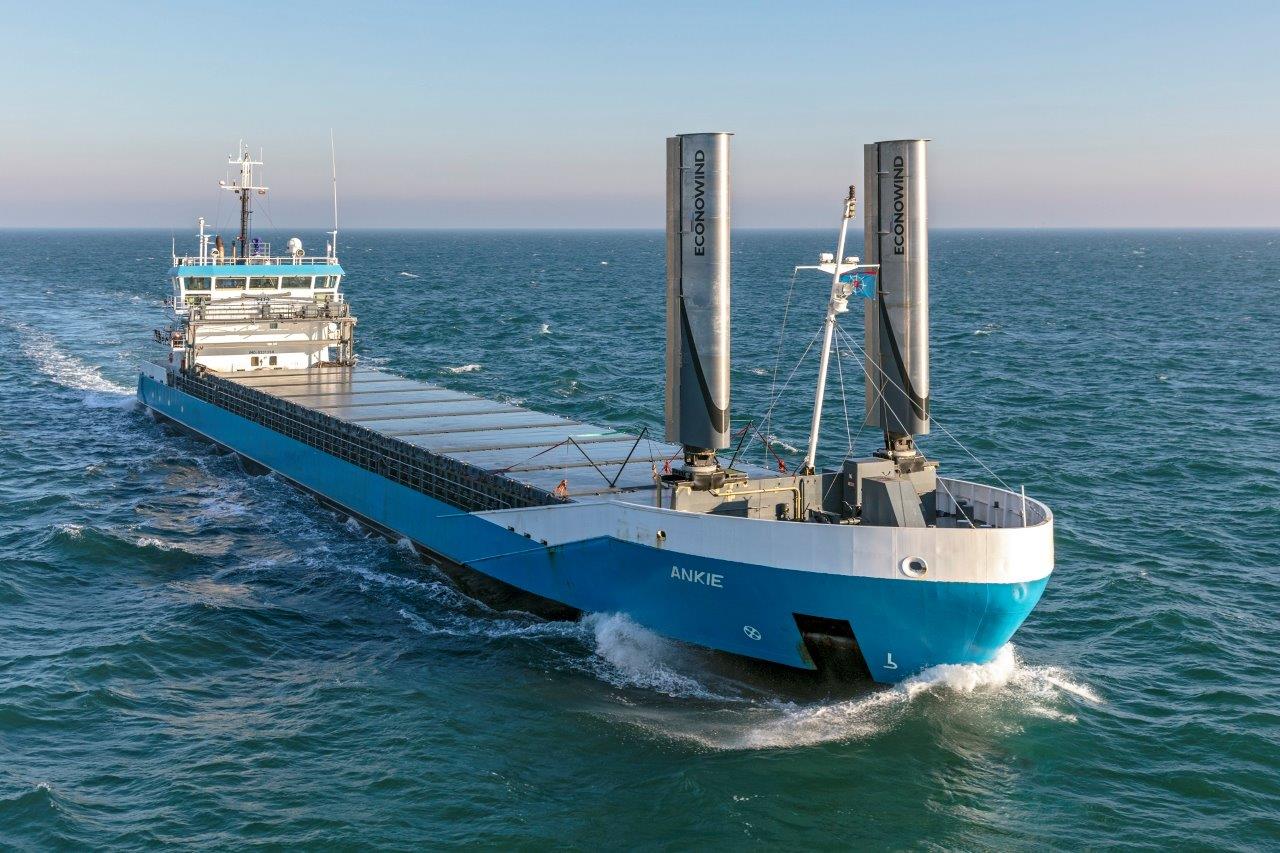A joint development project (JDP) between Farstad Shipping, Statoil and DNV GL has revealed that running offshore supply vessels (OSVs) at optimal trim can save up to 5% in fuel consumption equating to 21.000 Euros on their annual fuel bill.
A comparative study was carried out in the North Sea using DNV GL’s trim optimisation tool ECO Assistant on Farstad’s FAR SUN, a platform supply vessel (PSV), in order to document energy savings.
The pilot vessel’s sister ship FAR SYGNA also took part in the study. FAR SUN was equipped with ECO Assistant for the 6 month research period. Both vessels, which are chartered by Statoil, had the same operational profile and were in service off the south west coast of Norway.
Although both ships are already fuel efficient thanks to their advanced hull designs and innovative engine and propeller configurations, ECO Assistant was able to determine the operational impact of trim optimisation on energy consumption. The DNV GL software works by using a trim-power model that is based on ship data and drawings. It incorporates seven speeds, seven drafts and seven trim conditions as well as speed-power and fuel oil consumption (FOC) curves for the full speed range of the vessel, enabling accurate predictions of additional fuel consumption due to extra cargo or ballast.
On both ships an automated onboard data collection system was used to gather information about the required power, trim and fuel consumption. This was sent to DNV GL and analysed using the ECO Insight performance management solution. The results revealed that by using ECO Assistant, FAR SUN consumed an average of 4.3% less fuel than FAR SYGNA when operating between 4 and 14 knots. Savings over 5% were achieved when the vessel was operating at speeds over 7 knots.
Image: ECO Assistant. Courtesy of DNV GL.
Ship Efficiency Review News
To contact the reporter responsible for this article, please email editor@fathom-mi.com
































